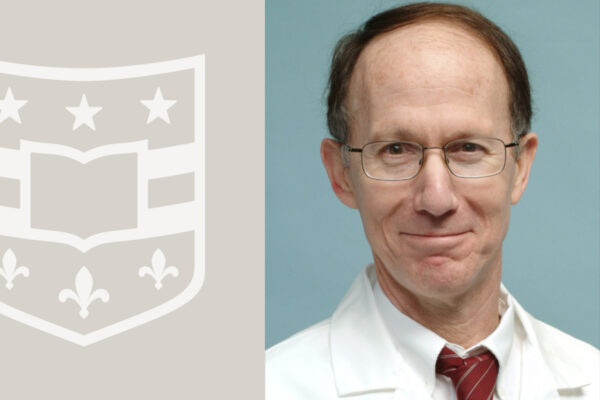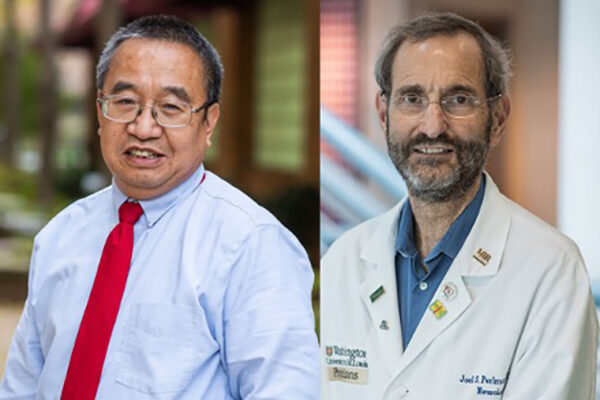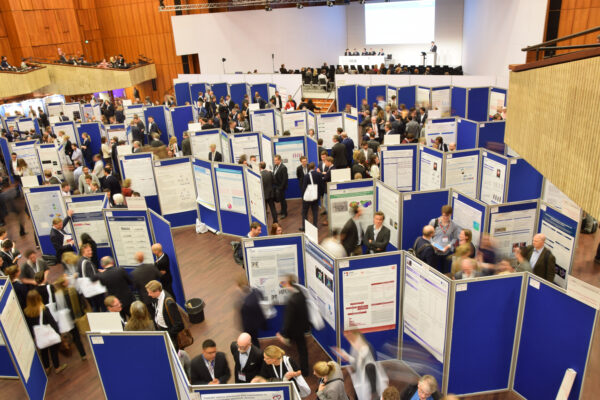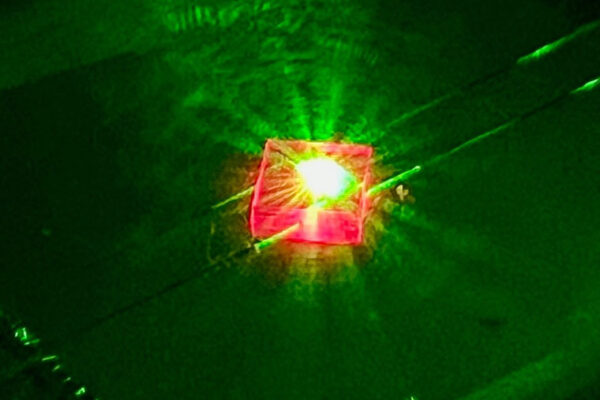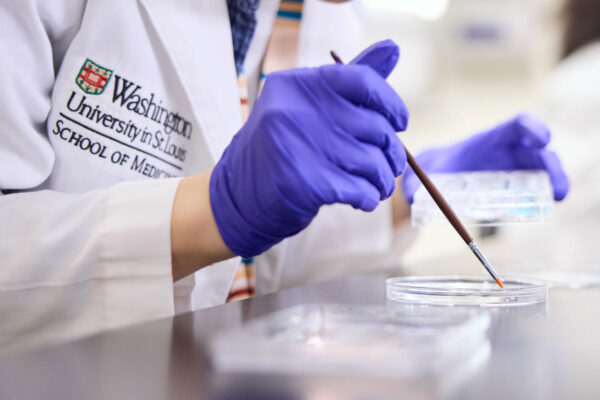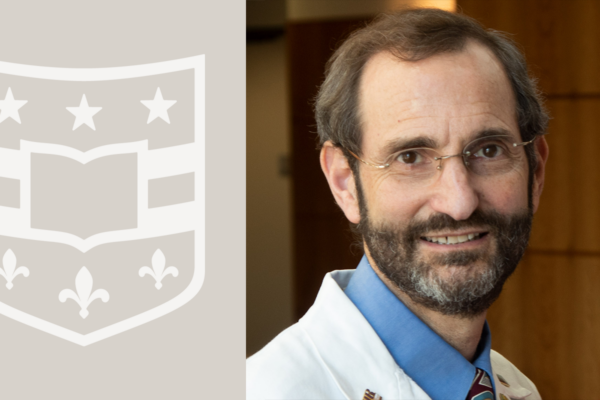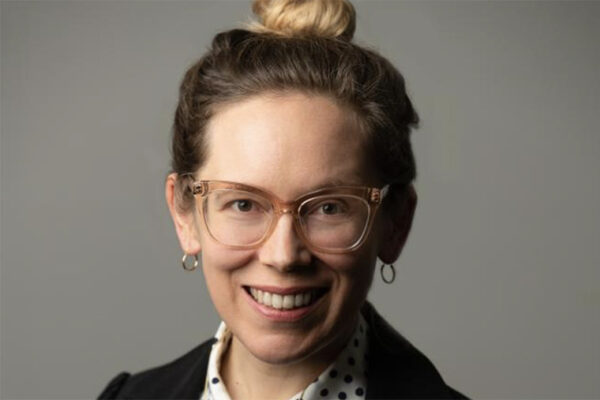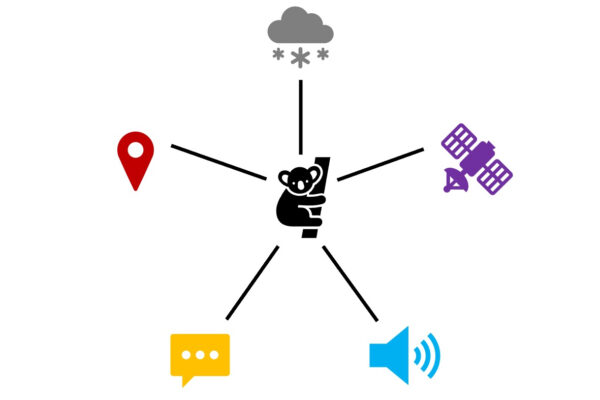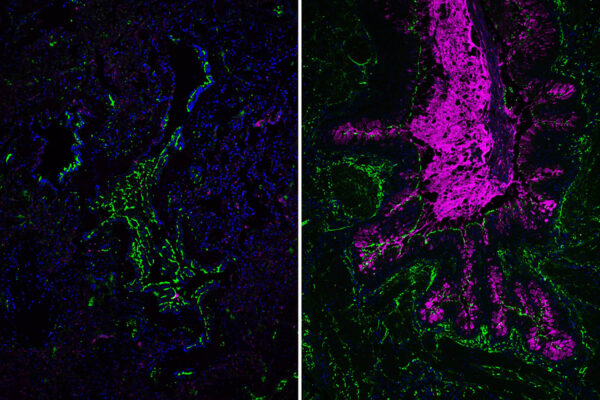Immune booster reduces secondary infections in COVID-19 patients
A clinical trial led by Richard S. Hotchkiss, MD, a professor of anesthesiology at WashU Medicine, has found that treating critically ill COVID-19 patients with an immune-boosting protein reduces life-threatening secondary infections, a major cause of death in such patients.
Grant supports PET scans to track inflammation in Parkinson’s disease
The National Institutes of Health (NIH) is supporting a WashU Medicine effort to track neuroinflammation in the brains of patients with Parkinson’s disease.
Uncovering the electrochemistry of condensates
Researchers at Washington University are discovering the electrochemical properties of biomolecular condensates, which could help in development of treatments for cancer or other diseases.
Crystallizing time
Physicists in Arts & Sciences have created a new phase of matter in the center of a diamond. They created a new form of time crystal called a discrete-time quasicrystal. Such states could be useful for high-precision sensing and advanced signal processing.
WashU rises in global patent ranking
WashU rises in the National Academy of Inventors’ annual global ranking of patent awards.
Jansky/Bander Family Fund supports movement disorders fellowships, brain bank
The Jansky/Bander Family Fund, a generous commitment of $1.1 million over five years, has been established to advance critical initiatives within the Section of Movement Disorders in the Department of Neurology at WashU Medicine.
Kurtz explores ethical practice in capoeira
Esther Viola Kurtz, in the Department of Music in Arts & Sciences, has published an article titled “Call, Response, and Compromisso: Ethical Practice in Capoeira of Backland Bahia, Brazil.”
Multimodal AI tool supports study of ecosystems
Computer scientists at Washington University developed TaxaBind, an artificial intelligence tool that combines six information streams to address modeling of ecosystems.
Genetic analysis explains rare disease severity, points to possible treatment
Researchers at WashU Medicine have uncovered why some patients with a rare genetic disorder called primary ciliary dyskinesia have worse lung problems than others with the same disorder.
AI tool helps make trustworthy, explainable scheduling decisions
Researchers at Washington University developed TRACE-cs, a hybrid system that combines symbolic reasoning with large language models to solve students’ course scheduling problems.
View More Stories
